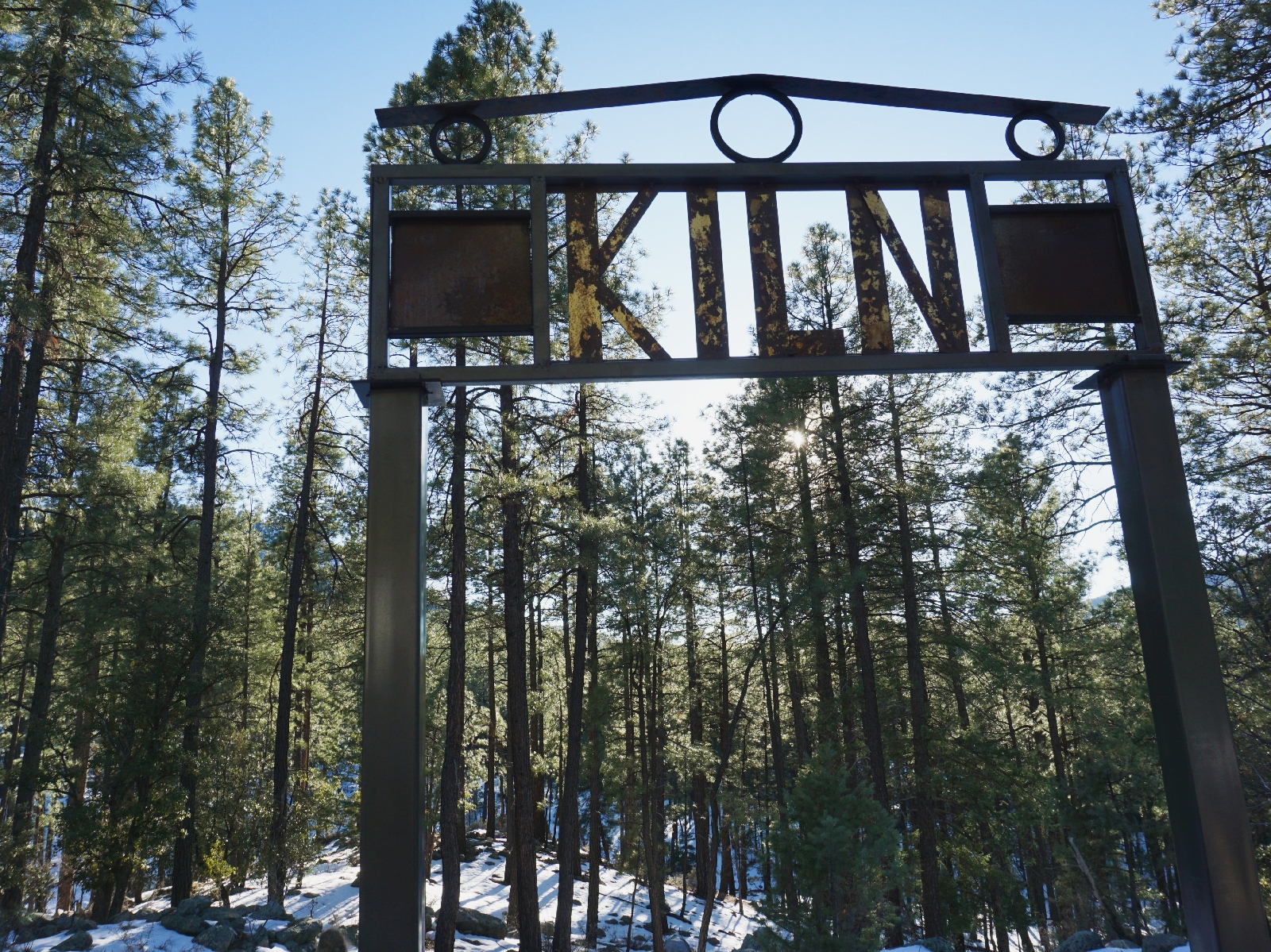Few places are as good for pondering Arizona's past as Prescott and its surrounding areas. Owing to the region's rich mining history, many artifacts of the past are hiding in plain sight, from pioneer graveyards to a century old stone kiln constructed without masonry, to railroad service cars on the old Prescott East Railroad line (today's Iron King Trail), which served the Iron King Mine.
Once a town of as many as 3,000, Walker is now a quiet community of summer homes in the pines just outside of Prescott. Yet, well over a century later, the Walker Kiln sits quietly, each well-placed stone in tact, at the end of a decorated trail. The kiln was built without masonry and used to produce charcoal that would burn hot enough to release silver from ore.
Cherry lies in the foothills of Mingus Mountain, about 30 minutes outside of Prescott Valley, on a winding scenic route through beautiful pines, boulders and manzanita. Once a town with a population of 400, today it's home to summer, retirement homes and a bed and breakfast. So named for the wild cherry trees that used to line Cherry Creek, remnants of Cherry's pioneer and mining past (never quite living up to expectations) can be found in the pioneer cemetery behind the fire station, dating back to 1886.
Two well-used trails in Prescott, the Peavine and Iron King trails, follow in the stead of long removed railroad tracks. Following the crests of wide berms, they carve their scenic routes into the Granite Dells and Watson Lake. Along the route of the Iron King Trail (which skirts the north side of Glassford Hill) you will find antique railroad service cars, all with movable levers, wires and gadgetry in tact. The trail is exposed for the first two thirds of its journey (passing over flat bed railroad cars used to traverse washes). As it nears the Dells, sheer blasted rock cliffs give way to verdant trees and dramatic granite outcroppings adorned with occasional prickly pear. The Iron King Trail is an easy and rustic trail that is fun, and very scenic, for all ages.












Comments
Post a Comment